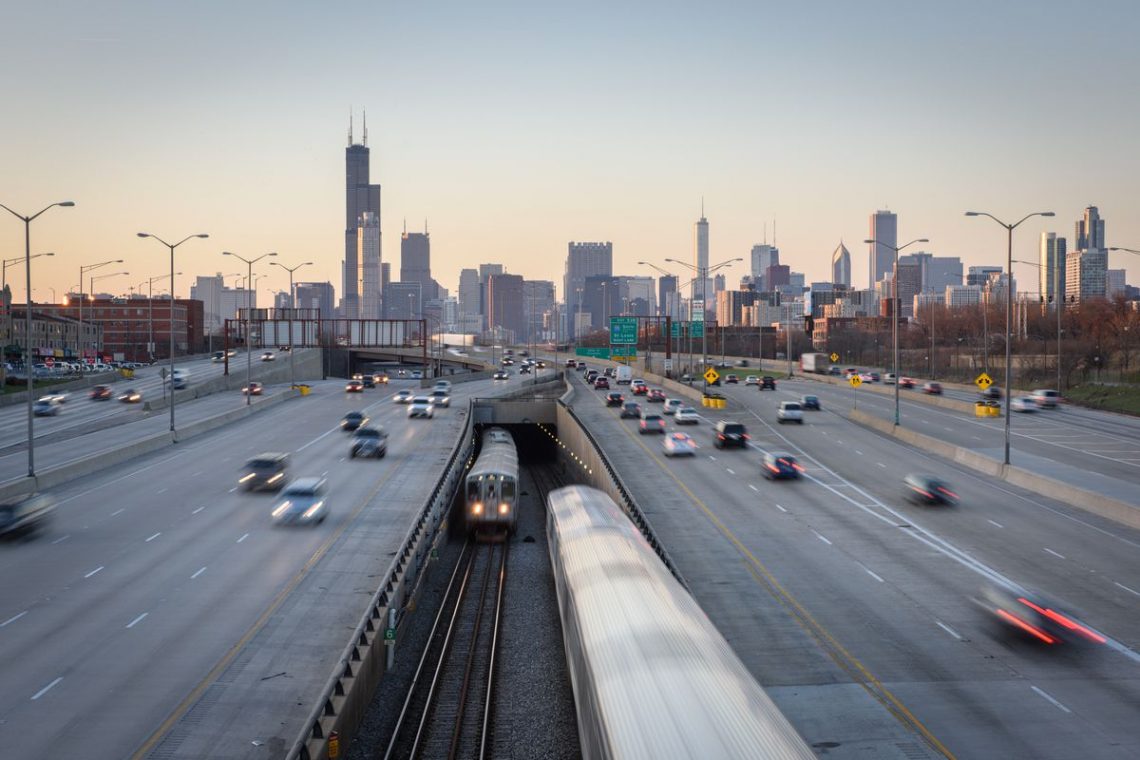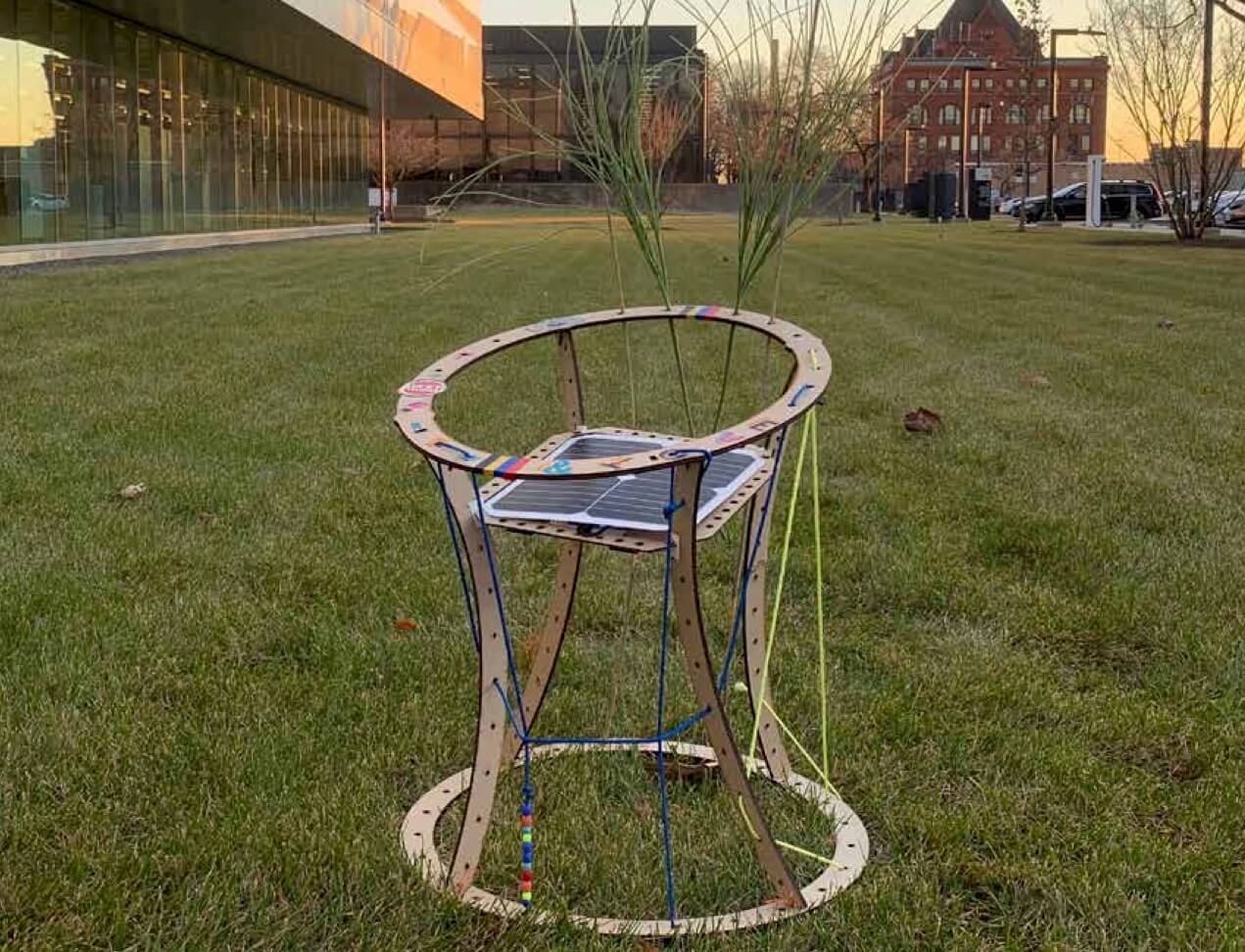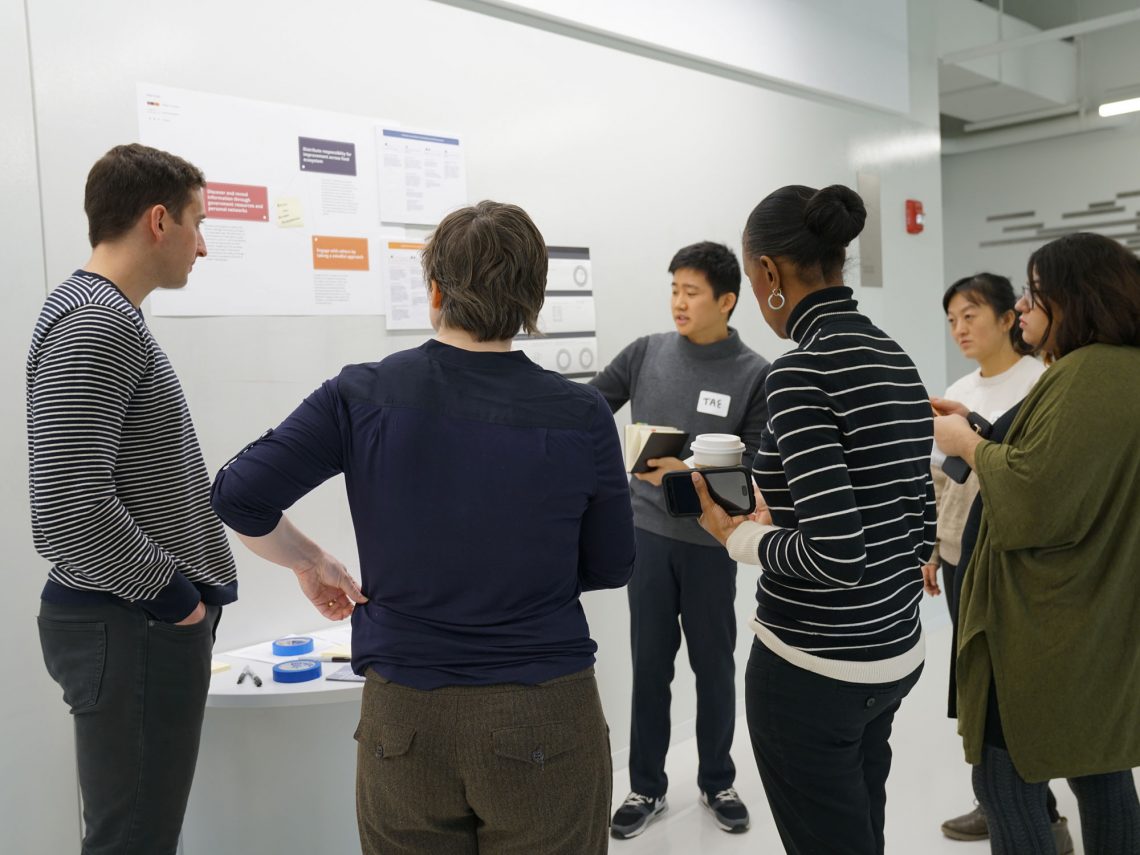What Your Semi-Autonomous Driving Experience Might Look Like
By Stephanie Hlywak
June 22, 2021

The concept of driverless cars has come a long way since their beginnings in the 1920s as remote controlled “phantom autos.” But in the century since, their aspirations have remained remarkably consistent. A 1932 newspaper article described the promise of “travel[ling] about the city through the heaviest traffic—starting, stopping, sounding its horn, turning right or left, making U-turns and circles, and proceeding thus as though there were an invisible driver at the wheel.” That’s essentially the same vision that today’s purveyors of autonomous vehicles like Waymo and Tesla are selling.
While we may be closer than ever to realizing this long-held dream, the transition to roads populated solely by self-driving cars won’t happen instantaneously. Instead, there will likely be a period where semi-autonomous vehicles—controlled by both a human driver and automation in the vehicle—will commingle with human-driven vehicles and automated vehicles on our highways and on our city streets. How can we navigate this transition safely while also encouraging sustainable habits?
Controlling a semi-autonomous car safely in such scenarios necessitates systems that allow drivers to receive information about other vehicles in their surroundings, such as the distance from the car ahead, as well as more sophisticated data, like the presence of cars in traditional blind spots. Ideally, sensors would calculate the speed of nearby cars and indicate to drivers when it is safe to change lanes. Additionally, cars would also send signals to surrounding vehicles so that they can learn to drive in a synchronized manner.
A multidisciplinary response
Recently, ID students participated in a multidisciplinary project with colleagues from Illinois Tech’s engineering and computer science programs to bring a design perspective to matters of vehicle safety and efficiency. The project was funded by a 2019 WISER Cross-disciplinary Seed Funding Grant, given to new and innovative research concepts in sustainability, and was led by Baisravan HomChaudhuri, Assistant Professor of Mechanical, Materials, and Aerospace Engineering at Illinois Tech, in collaboration with Tomoko Ichikawa, Clinical Professor at ID.
The goal? Design a way to teach drivers how to conserve energy while safely operating semi-autonomous hybrid and electric vehicles on a road with other drivers—both human and machine. The assignment? Create visual interfaces for drivers in a semi-autonomous vehicle, code those interfaces so they would work with a driving algorithm developed by engineering students, and present them in a physical driving rig in a virtual city environment created by computer science students.
The project called for a human-centered approach to design, in which students focused on driver behavior, human-technology relationships, and their implications.
The interface: A sustainability coach
The first step was to design a visual interface that would both address speed acceleration/deceleration and lane changes, as well as elicit energy-efficient behaviors. ID students sought to create an interface that would coach drivers on energy consumption and sustainability.
Traditionally, a car’s center console houses navigation information and entertainment options. ID students, however, determined that driver coaching information belonged in the line of sight.
Students developed three interface prototypes:
- The Direct Message UI focused on message,
- The Gamification UI focused on coaching in the form of gamification,
- The Tire UI focused on sustainability messaging related to tire pollution.
Each used sans serif typefaces to increase accuracy in driving; mechanisms for speed- and eco- coaching to promote energy efficiency; and speed limit displays provided by GPS systems.
The Direct Message UI displayed simple text messages to indicate to the driver the need to either increase or decrease speed. A graphic representation of the driver’s car in a central lane was illuminated by arrows instructing the driver to make a lane change. A gauge signaled to the driver when power was being consumed or generated depending on the driving behavior.
Borrowing from existing displays in the auto industry and video games, the Gamification UI offered abstract representations and metaphors that relied on known symbols and concepts. The speedometer displayed a static red vertical needle and a green wedge that represented the desired speed range. The driver’s goal was to position the red needle within this range. Lane changes were indicated by lanes that pulse in green along with a leaf icon that tells the driver it is safe to change into that lane while maintaining current speed. High scores coach drivers to operate their vehicles in the most efficient manner when cruising or breaking.
The focus of the Tire UI was on the pollution caused by driving. Tire wear generates particles that can spill over into waterways, poisoning animals and eventually killing them. While speed and lane changing indicators are important for safety, drivers using this interface received information about maintaining optimal tire health (pressure and tread depth) as well as data about the load. Above the speedometer, a “too aggressive!’” message appeared along with a “tire wear pollution” and graphic when driving behaviors threaten to cause environmental damage.
Once these three interfaces were rendered using design software, they were coded (with d3.js) by an ID student with a computer science background to go “live” and respond to the driving algorithm the engineering students created. Typically, the design solutions end as hypotheticals; however, in this case, ID students could truly integrate the visual design with digital commands.
This is part of the project that Ichikawa describes as “real magic”: the conversion from a design concept to live working prototypes. “We were fortunate to have a student with a computer science background at ID, who, along with Studio Instructor Zach Pino, recreated the three interfaces in d3.js so that it could actually run in the rig,” she said.
Rigging the rig
An essential component of this work was the construction of a test platform that could simulate a car and its environment. ID alum Paolo Tanedo (MDes 2019) used off-the-shelf components and rapid prototyping methods to construct a simulacrum of a Tesla Model 3.
Factoring in budget, space, and time, the design left no detail overlooked. 3D printers produced fasteners and brackets to achieve the complex, nonstandard angles of the structure required to match a sedan’s windshield, wing mirrors, and seats. Tanedo considered ergonomics and other product design principles to configure the placement, angle, and height of the seat, dashboard, instrument cluster, foot pedals, and steering wheel (which was modified from a video gaming wheel)—complete with a turn signaling device and an “ABORT” button assigned to the “horn” of the wheel. Video from four projectors displayed the environment outside of the car—a city highway developed by the computer science students using Unity3D.
This game-like experience with surrounding vehicles and a display for graphical commands helped simulate a realistic driving experience. The lane change algorithm was built to guide the driver in safely carrying out such maneuvers while at the same time driving at the most fuel-efficient speed under the given conditions.
Next steps
The ultimate goal of the project was to conduct human subject testing to see which interface resonated best. But the pandemic squelched that part of the plan. Nevertheless, through both physical and digital creations, the ID students brought to life what would have been theoretical thinking from the engineering team. This allowed engineering, computer science, and design students to actuate ideas in the real world while also blending elements of virtual reality to test solutions.
This is all consistent with ID’s approach: to experiment, discover, and refine—ultimately, moving from the abstract to the real, from strategy to action, and design to doing. The promise of autonomous vehicles remains compelling, and projects such as these demonstrate the potential for good design to do a world of good.


